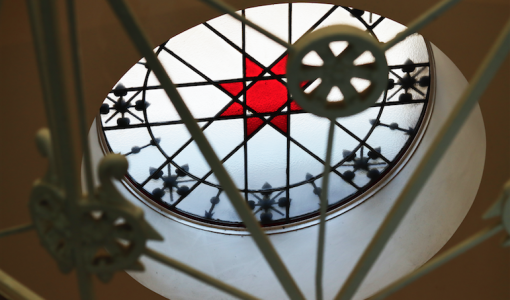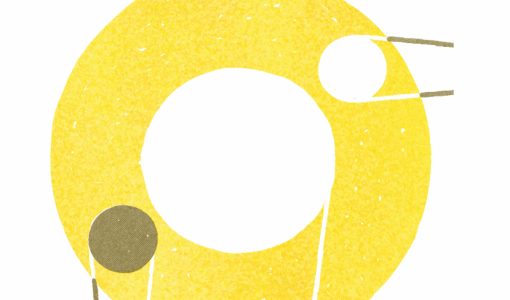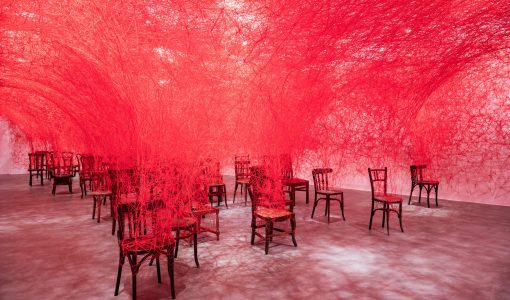
Against Tàpies
Home
›
Exhibitions
›
Against Tàpies
Antoni Tàpies, Gerhard Richter, Joseph Beuys, James Lee Byars, Dan Graham, León Ferrari, Gerhard Merz, Richard Artschwager, Hanne Darboven, Marcel Broodthaers, Art & Language, Valie Export, Pier Paolo Pasolini, Carlos Pazos, Marcel Duchamp, André Breton, Enrico Donati, Oriol Vilapuig, Helen Levitt, Gordon Matta-Clark, Richard Long, Joan Colom, David Hockney, Bruce Nauman, David Wojnarowicz, Vicente Vázquez/Usue Arrieta, Luis Guerra, Álvaro Perdices, Thomas Hirschhorn, Henri Michaux, Robert Frank, Osvaldo Lamborghini, Martin Kippenberger, Jean Dubuffet, Hans Hartung, Otto Wols, Georges Mathieu, Georges Bataille, Pep Agut, Isaías Griñolo.
Against Tàpies is a proposal originating from three questions formulated by immediate confrontation: a) what tensions and links did Tàpies’ work maintain with the successive artistic movements to which it has been assigned? b) how could artists from a different moment and with radically different aesthetic paradigms establish a dialogue and critical exhortation with Tàpies? c) did Tàpies fantasise, as Borges did, that all epic literature concerning himself and his oeuvre was addressing someone else other than himself?
a) The first of these questions comes from a fact easily verifiable from a historiographical point of view: from the early eighties, when Tàpies acquires the status of ‘celebrated painter’, his work begins to pull away from the cutting edge and stands back from much contemporary art practices. The truth is that with the exception of some examples from the sixties and seventies, Tàpies’ work was never shown in dialogue with other artists outside the pictorial medium or who were not familiar to historicist criteria; however, after reaching a significant status in the system of national and international art, his work was framed, from a museum perspective, within strictly chronological exhibition formats or, on the contrary, revisionist perspectives regarding his own production. The consequences of this isolation opposing successive curatorial narratives are significant: Tàpies’ trajectory was deprived of the variety of display devices that would have updated and incited a confrontation with other artists, thus reinforcing a solipsistic and repetitive impression, through which a interpretive narrative marked by heroism and disconnection was consolidated.
b) If the first question posited above seems to force us to recap the journey of Tàpies, the second question invites us to reflect on its present position, about the openings through which artists can still question it. Obviously Tàpies holds a prominent position in Spanish art from the second half of the twentieth century and an outstanding position in an international context, but, precisely for that reason, for thirty years, and especially within the field of Catalan and Spanish painting, approaching or distancing Tàpies, embracing certain mannerism linked to his oeuvre or employing aesthetic and opposing paradigms, has resulted in a sort of unspoken trauma diluted only in the nineties, after successive exhibitions held in his own foundation set new thematic paradigms with which his work could be revalued.
In this sense, a glimpse into the national pictorial practices of the seventies is enough to demonstrate how much the ‘style’ of the artist was in opposition to those current at the time. Alternatively, if we analyse the ‘return to painting’ in the eighties, at least in its native version, we can verify how Tàpies was an expressive plastic and genealogical model that was, moreover, surprisingly literal.
However, for later artists or those who were not so influenced by the local art scene, Tàpies has been a reference without these connotations, inviting us to think that, through their efforts, other perspectives, forms of dispute, confrontations and antagonisms could be inaugurated, arising from a certain commonplace and attentive to issues less identified by both public and media with the painter from Barcelona.
c) Finally, the third question asked on this project regards the construction of a stereotypical stylistic identity that runs through the work of Tàpies, bringing some formal linearity. Thus, compared to the successive stages of his oeuvre – the early self-portraits, the magic realism of the forties, the Informalist matter paintings of the fifties, the expressionistic figuration of the sixties, the political involvements of the seventies and the objectualism of the eighties, before reaching apotheosis in the unlabelled work of later periods – many breaks in the line of argument emerge in the work of Tàpies. These works appear to have been made by other artists, as if Tàpies needed to escape his plastic personality by assuming the most diverse guises of other creators. Thus, paradoxically, within Tàpies’ oeuvre we find his own antithesis; canvases that reference the Mexican muralists, resemble a kind of Futurism, refer to Pop art or to postmodern illustration. David Hockney, Diego Rivera, Raymond Pettibon and Giacomo Balla are just a few of the ‘heteronyms’ adopted by Tàpies, who with this artistic division seems to be playing a joke on historiography and stylistic consistency.
Dates
01.03.2013 – 09.06.2013














